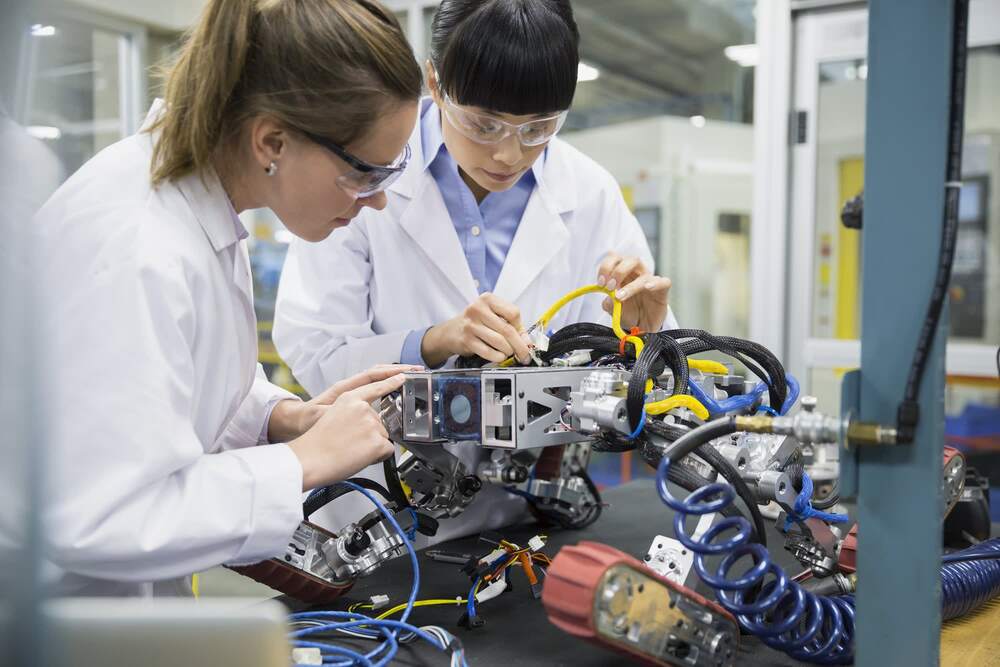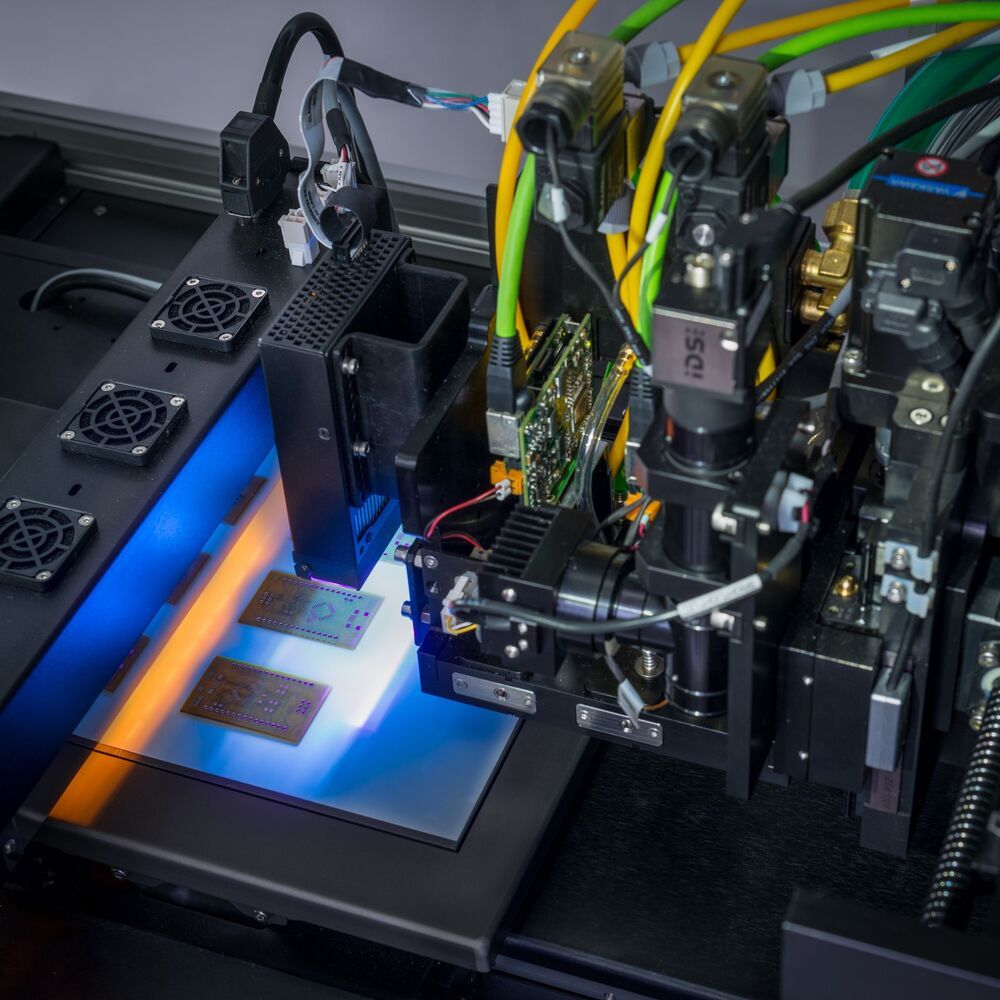ARIA’s launch comes hot on the heels of the European Innovation Council’s new fund, which stands at $12 billion. The EIC was set up by the European Commission, the EU’s executive arm, to try to help start-ups across Europe to scale up and compete with rivals in the U.S. and Asia, which have spawned several tech giants with market caps that run well into hundreds of billions of dollars.
The Advanced Research and Invention Agency (ARIA) will fund “high-risk, high-reward” scientific research in the hope of achieving “groundbreaking” discoveries.









